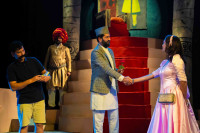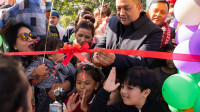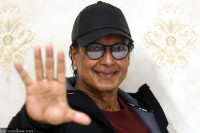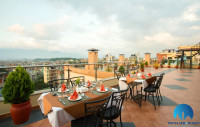Culture & Lifestyle
A month of good deeds and service
Gunla, a sacred month observed mainly by the Buddhist Newa community, blends spirituality, cultural traditions and practices that encourage good deeds, collective harmony, and environmental well-being.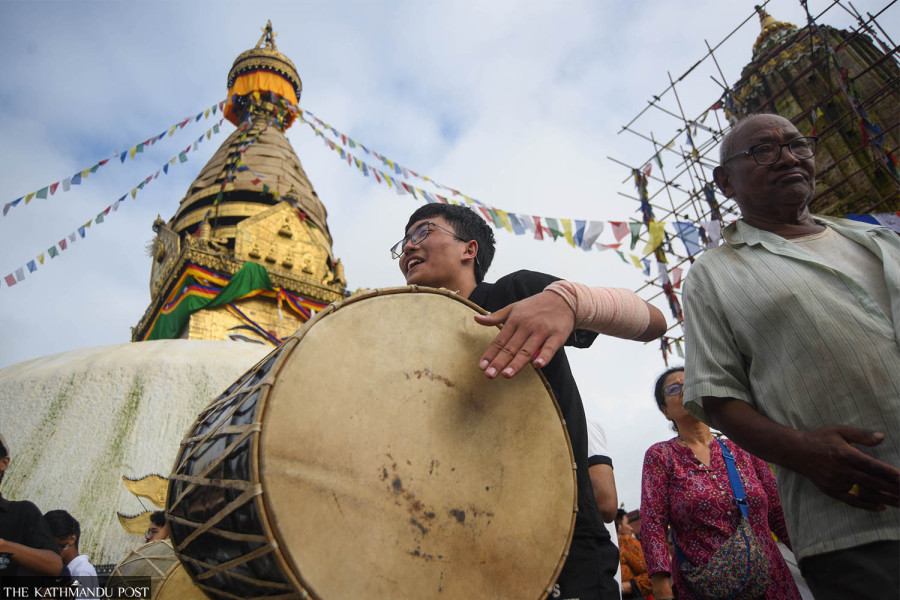
Timila Maharjan
The ongoing Gunla is a month-long festival celebrated by the Buddhist Newa community and some non-Buddhist Newa people. It marks a time of deep spiritual significance and cultural richness. According to the lunar calendar (Nepal Sambat), it starts from Shrawan Shukla Pratipada and ends on Bhadra Shukla Pratipada, which is around mid-July to mid-August in the Gregorian calendar.
Gunla is formed with two words: Gun and La. Gun is a short form of gunn, meaning merits, and la means month. Thus, Gunla means the month of merits. It is the first festival of the Newa community celebrated after farming has finished. This month-long festival is celebrated by playing different musical instruments around the chaityas, giving daan (donations) to needy people, and praying daily with a pure heart, mind, and intentions.
During this festival, a specific baja (musical instrument) called ‘dhaa’ is played, which is played by using a stick on one side and by the hand on the other. This baja is also popularly called the Gunla baja and is said to be the favourite baja of Buddha and brings good luck and prosperity if played around the chaityas and temples.
While the festival's precise start date is unknown, it is thought to have been observed since ancient times, with various myths explaining its origins. According to one myth, evil spirits and demons long ago caused a catastrophe when Buddha was resting. The people were disturbed and bothered by them. So, they prayed and played various bajas to wake Buddha up, but nothing worked. Then, they made a musical instrument from buffalo horn called ‘Meku baja’ or ‘Nyeku Baja’ and played it.
They made two different baja, one small and one big and played them while calling the names Triratna and Hari. Listening to the unique music, Buddha was so moved that he woke from his sleep. In response, Buddha saved the people from demons and evil spirits. A festival was started to celebrate this event, where children and elders gather to pray and worship Buddha. "I can only tell this story because my Guru shared it. Unfortunately, many people today are unaware of it," says Santalal Maharjan, Guru of Nhuuchen Dafa Khala.

According to Buddhist mythology, King Swarnaketu and Queen Swarnawati used to rule a place called Swarnapur. They had five sons, and the eldest, Pushpaketu, prayed and worshipped Buddha daily. When the prince asked Buddha what goodwill could be gained by worshipping and visiting Buddhist sites while playing baja during the Gunla month, Buddha replied that it would bring good virtue in both the present and future lives. This is another reason behind the start of the Gunla festival.
Similarly, according to another mythology, King Singha Ketu once ruled Shashipatan country with Queen Shulakshin. The king was very fond of hunting and meat. The queen tried many ways to stop the king from hunting but couldn’t succeed. Later on, the king died, and the queen went to Sati.
Due to the queen’s goodwill, she was reborn as a Brahmin girl named Rukamati, while the king, because of his past sins, was reborn as a buffalo in the same household. One day, while Rukamati was feeding the buffalo, a divine light appeared, revealing that the buffalo was her husband from a past life. From that moment on, she took great care of the buffalo. However, one day, while grazing in the forest, a wild animal attacked and ate the buffalo, leaving only its bones. Following the divine light's instructions, Rukamati buried the buffalo's remains and built a chaitya (stupa) on the burial site.
Then, throughout the Gunla month, she circumambulated the chaitya by calling the name Triratna and playing music from the buffalo's horn. As a result of her prayers and good virtue, a child emerged in front of the chaitya. Later, she discovered that the child was her husband, King Singha Ketu, reborn. He told her he was now free from his past sins and had been born into a good family. Thus, he advised everyone to pray and worship the chaitya to earn goodwill and luck, which is believed to be the start of the Gunla festival.
During this festival, people refrain from eating meat, onions, and garlic and purify themselves by bathing daily. The month is also an opportunity to give up bad habits, commit to doing good deeds, and follow virtuous paths. People visit various Buddhist sites, perform puja, and pray for the peace of departed souls, including family members, relatives, and even strangers who passed away during the year.
Since the festival occurs during the monsoon season when natural disasters like floods and landslides claim lives and diseases spread, people also pray to minimise these disasters and for good health.
“Nowadays, the rituals have evolved based on people's preferences and comfort, varying depending on the place. Different areas in the Kathmandu Valley observe the rituals with some similarities," says Bir Krishna Maharjan, a member of Nhhuchen Dafa Khala.
From the first day of Gunla, people of all ages gather in the community and participate in processions from various nooks and corners of Kathmandu. These groups go to Swayambhu Maha Chaitya every day in the early morning, playing traditional musical instruments as they pass through numerous Buddhist sites.
At Swayambhu, they recite hymns called Tu: ta and offer puja while circling the chaitya, continuing to play their instruments. Collective walking and music-making foster mutual harmony and peace of mind and promote family happiness, peace, prosperity, and virtue among the participants.
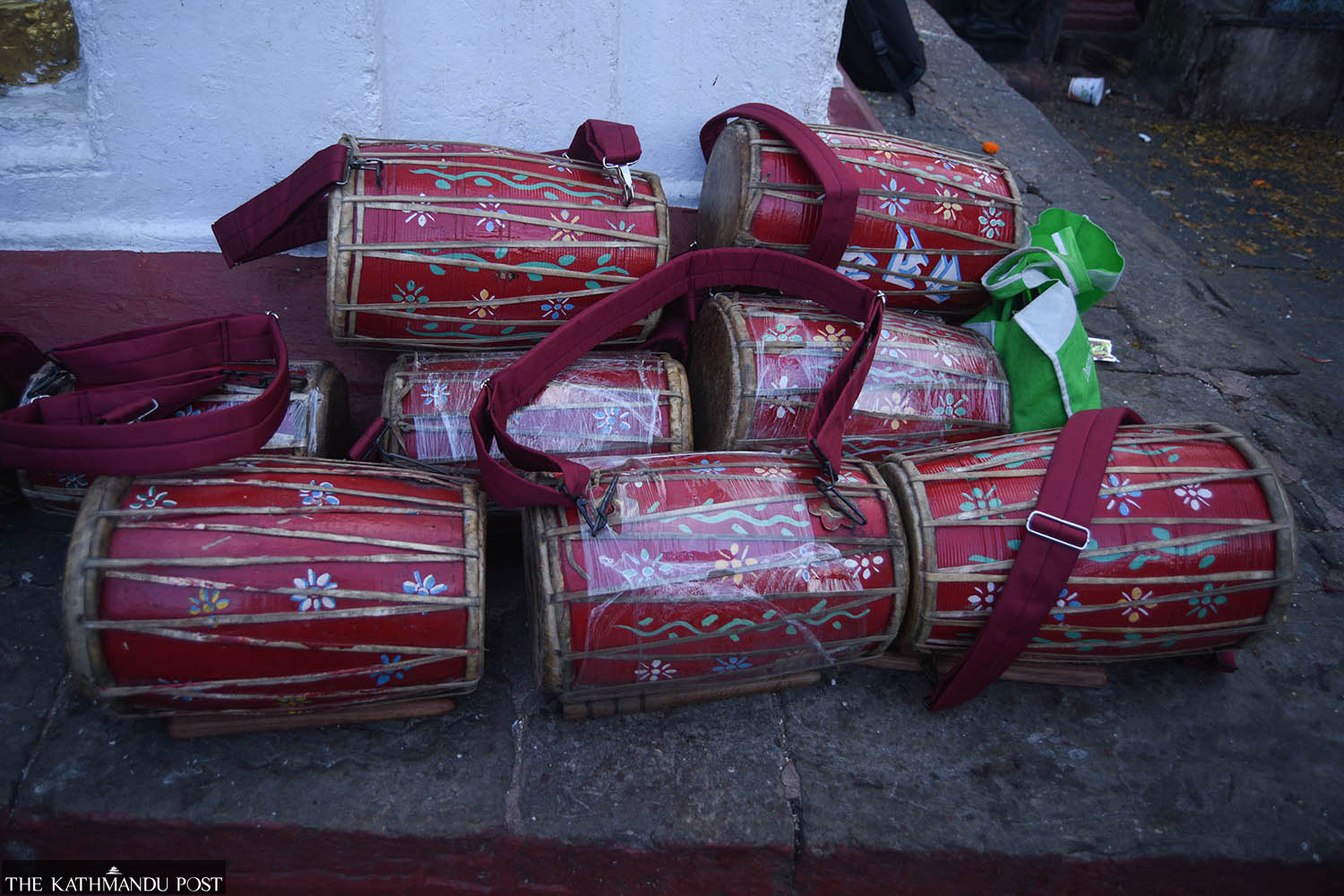
However, not all Buddhists go to Swayambhu during Gunla; they would instead go elsewhere. For instance, devotees of Patan mostly go to the Karunamaya, Bungamati in the south, devotees of Bhaktapur go to the Nala Karunamaya in the east, devotees of Banepa go to Namobudhha in the south-east and devotees of Sankhu go to Gumbaha or Bajrayogini in the north-east. People from around the Kathmandu Valley and beyond visit Swayambhu at least once a month during this festival. Aasharam Maharjan, Guru of Nhuchhen Dafa Khala, says, “The practice of going to Syayambhu was not that popular in past days, but has gained popularity at present.”
The Gunla month is a month of festivals. Festivals like Gaijatra, Mattya, Father’s Day, Naag Panchami, etc are celebrated this month. All Buddhist religious activities like Bahidya: Bwayegu of Kathmandu, Mattya of Patan, Baha Chahiligu of Kritipur, Panjran of Kathmandu, Dya Thyaagu and Paru Bhwe on the last day of the festival are all categorised as part of the Gunla festival.
“After the month-long celebration and prayers, the festival finally comes to an end on the Bhadra Shukla Pratipada when the devotees have a feast called “Paru Bhwe” and visit the Karunamaya temple of Bungamati where they play various baja and pray for the last time,” says Santalal.
He recalls when people used to go to the Karunamaya temple of Bungamati and spend the night there, doing bhajan until late at night and offering puja to the god. But this ritual is not followed now as people are busy and must go to work every day. Some devotees also visit the Swayambhu Maha chaitya and celebrate by playing music, worshipping, and having a feast.
This old and significant festival harmonises people and promotes peace and prosperity. Such festivals are a testament to Nepal’s rich culture and traditions, which are being continued by the younger generations. “We are delighted to see the active participation of the younger generation in these festivals and their interest in learning different traditional musical instruments,” says Maharjan.
In addition to traditional myths, these festivals have practical aspects that encourage people to work together, promoting a healthy environment and well-being.




 13.12°C Kathmandu
13.12°C Kathmandu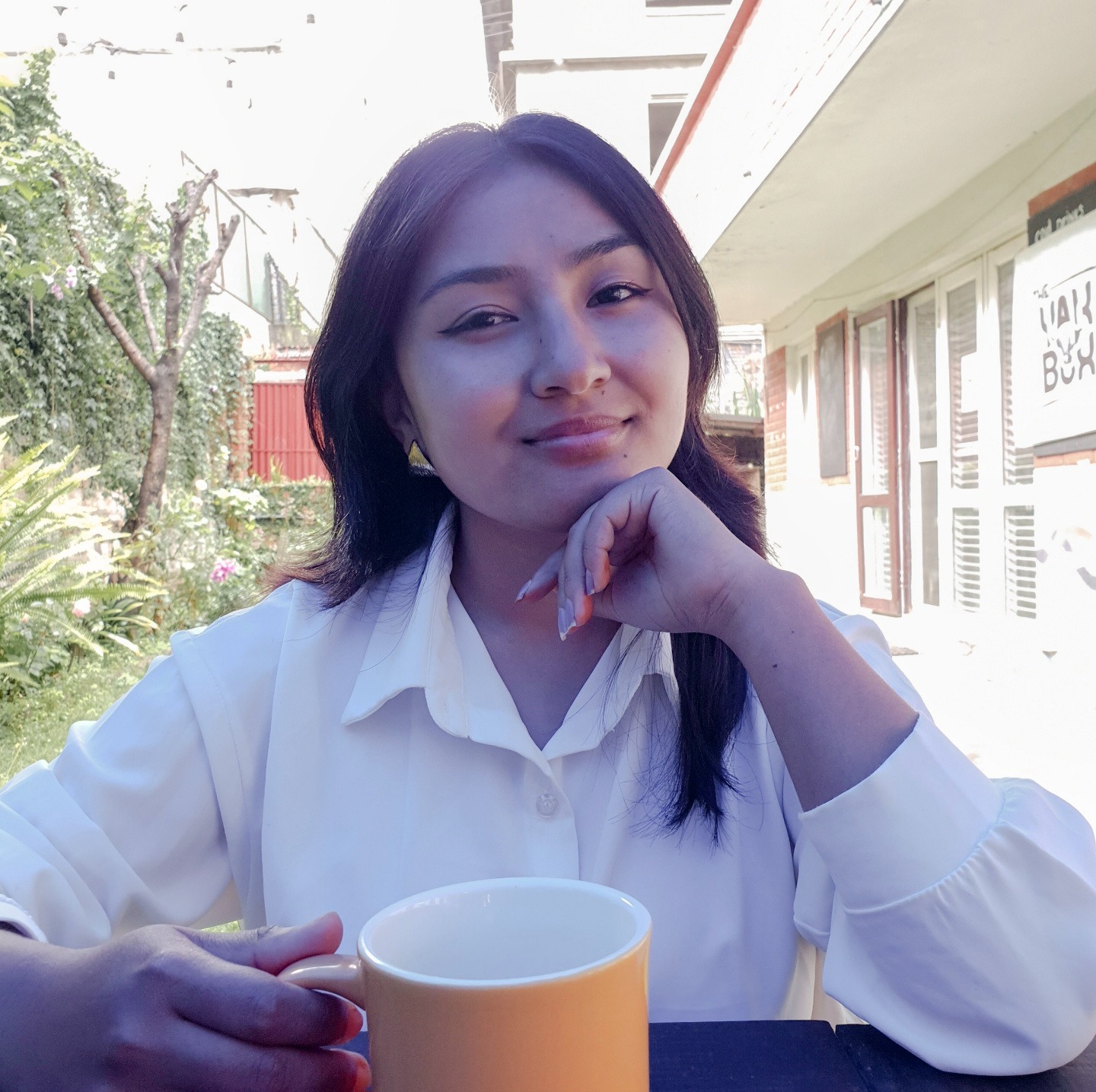
.jpg&w=200&height=120)
